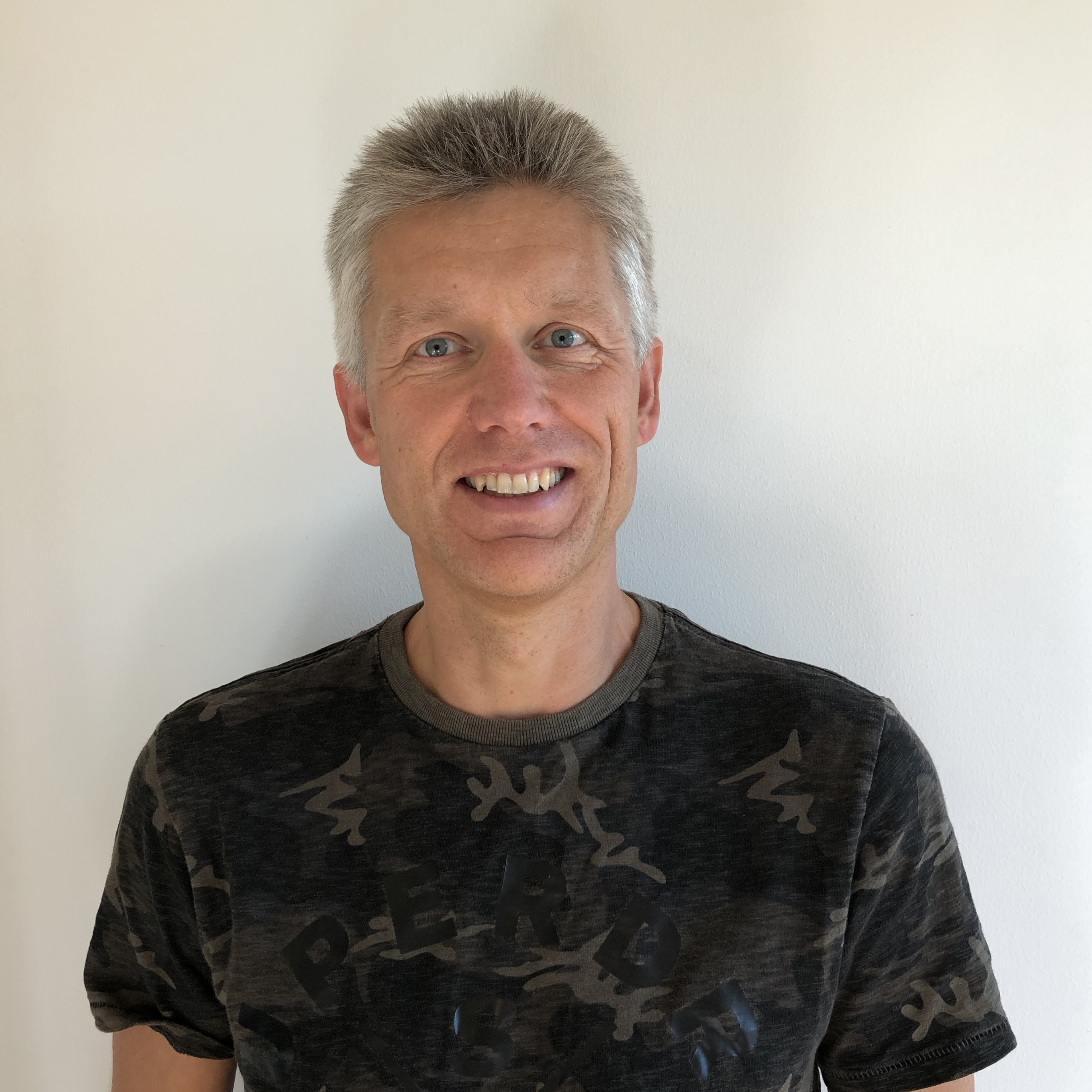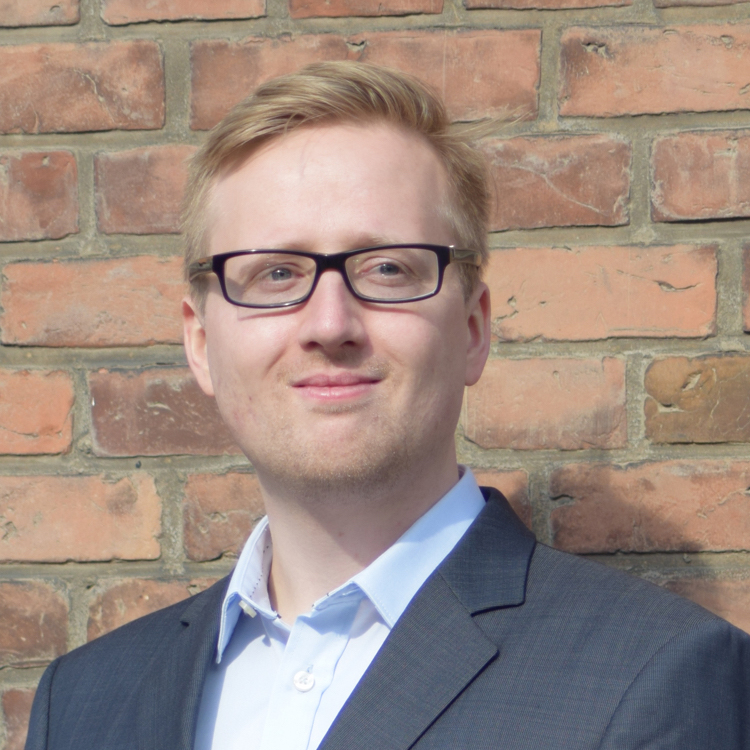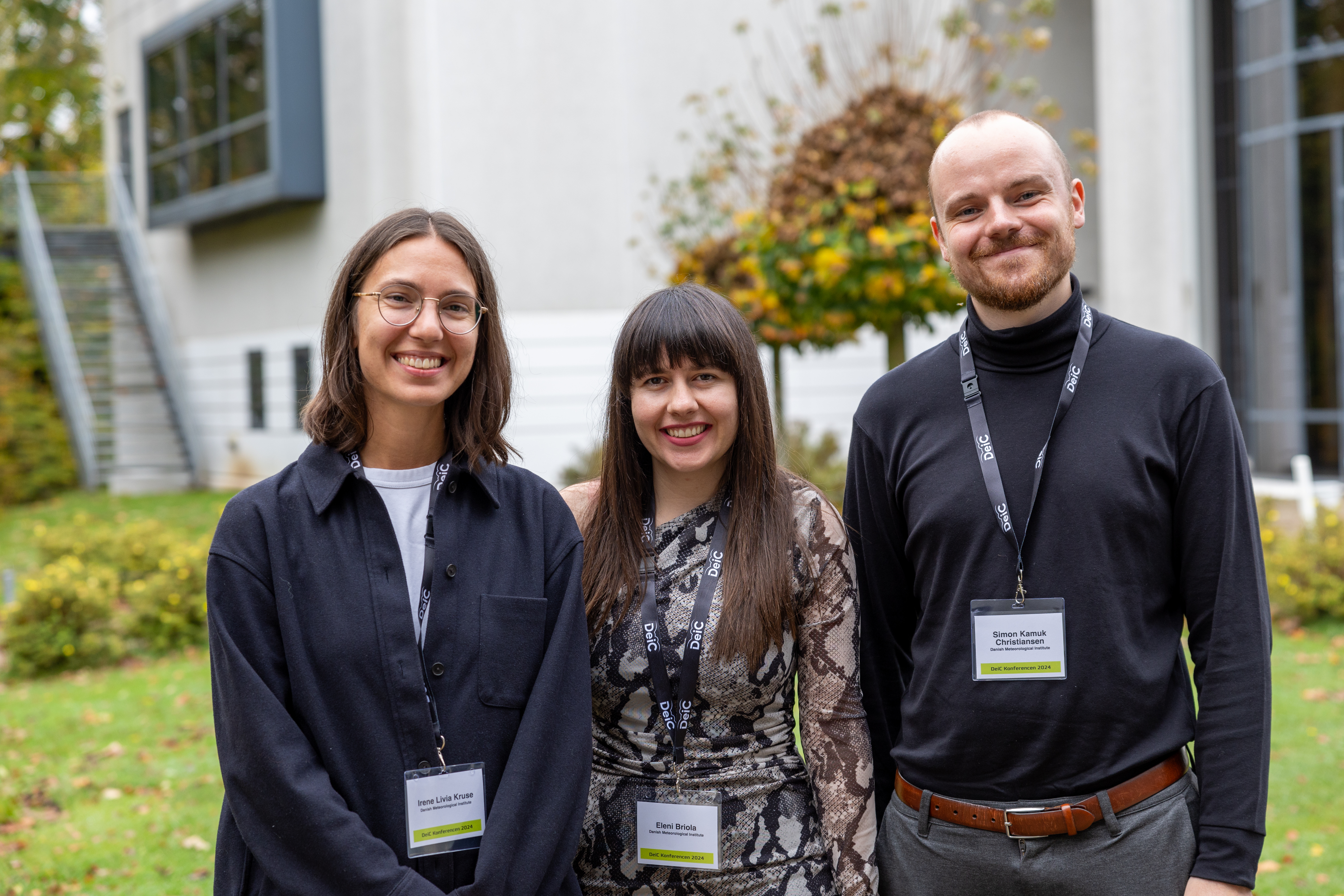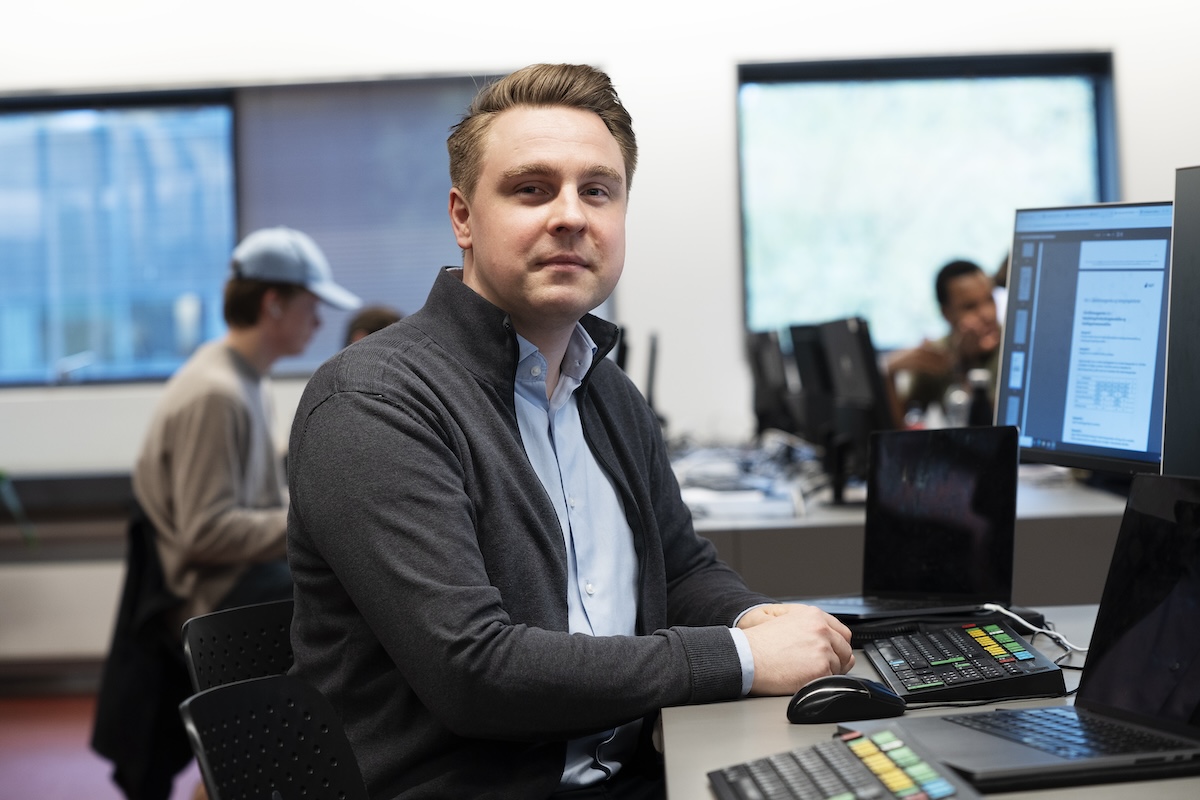
Two scientists from Aarhus University will be among the very first researchers let loose on LUMI. Their pilot project is chosen to run on the giant supercomputer as one of the first.
LUMI is an abbreviation for "Large Unified Modern Infrastructure", and also means “snow” in Finnish. It is located in CSC's data center in Kajaani, Finland and is one of three pre-exascale supercomputers to be built as part of the EuroHPC Declaration. The countries in the LUMI consortium are Finland, Belgium, the Czech Republic, Denmark, Estonia, Norway, Poland, Sweden and Switzerland.
The Danish scientists will be doing a project that is officially named “High Performance Computing Quantum Chemistry”. Which basically means they will be conducting an explorative study and testing the boundaries and limits of quantum chemistry when using a supercomputer, the size of LUMI.
Closing the gap
Professor Ove Christiansen and Assistant professor Jonas Elm are the two Danish scientists responsible for the Danish pilot project. Where Ove Christiansen is especially interested in the method development, and how we can use computers to accelerate quantum chemistry, Jonas Elm is trying to answer some of the numerous unknown questions in atmospheric chemistry.
“What I'm interested in, is trying to figure out how particles are formed in the atmosphere. In atmospheric chemistry we are limited to accurate calculations on more or less eight to ten molecules. We cannot really handle more than that,” says Jonas Elm.
If it is more than that, it simply becomes too complex. As a scientist you want accuracy so you can say something with certainty from your computations, and that limits for instance how large a cluster of molecules you can compute.
“But given this new facility, we would actually be able to push the boundaries for how large systems we can model. What we can accurately calculate today is not something you can easily measure, it is simply too small for state-of-the-art experiments. We can aid in closing this annoying gap between calculations and experiments that has been persisting for a long time by having more computational resources available,” says Jonas Elm.
Front-runners
More than concrete results Ove Christiansen and Jonas Elm also hope to get themselves in the pipeline and up front to use this kind of infrastructure in the future.
Everything can fail
Professor Ove Christiansen
“This is a completely new playground. And it is important for Danish science, that some Danish scientists get on that, and see what we can do with it and get some experience. And then we will be able to tell other people about it” says Ove Christiansen.
Taking a chance on new infrastructure
They want to test the boundaries of what can be done in quantum chemistry and explore what the difference is from their normal computer environment. At the same time Ove Christiansen emphasizes that this is a pilot project, with all that entails.
“Everything can fail,” he says.
There can be technical issues, the access can be difficult, they need the code to run, and run correctly and efficiently. All these things are absolutely non-trivial and are not guaranteed to play out as planned.
“But this is the type of challenge that you have to try to take. When you want to exploit new research infrastructure, you need to take the chance and try it out. And if it doesn't work the first time, you try again, and if that doesn't work, you try one more time. And one thing is sure, that on the way, you get wiser,” says Ove Christiansen.
To be the very first
But if they thought they would have anyone to ask for help or look to for guidance, they were dead wrong. LUMI is brand-new in the never-been-used-before kinda way. When they signed up for the project Ove Christiansen admits he thought there would be several rounds of pilot projects, and therefore also scientists before him, that they could learn from, but that is not the case.
“The support team that are going to help us, are also only getting access to the computer at the same time as we are. So, we can’t really ask for support before we actually get access,” says Ove Christiansen.
Limited preparation
In that regard preparing for the use of LUMI has been different and difficult. The team have tried to prepare different codes and have different sort of projects lined up.
“We have our own codes and then we use also a number of existing standard codes out there. And for our own code we have tried to test it on similar systems,” says Ove Christiansen.
You open your screen and gain access and suddenly you are sitting with a hook into one of the world's fastest supercomputers. That's going to be awesome
Professor Ove Christiansen
The problem is that there are no other computers like LUMI right now, so they have had to test the code on similar types of computers where the technique and process should be similar, but on a much smaller scale.
“There are limits to how much we can prepare ourselves, and we can simply not do as much preparing as we would like to,” says Ove Christiansen.
A hook into one of the world's fastest supercomputers
From the outside it will look like any normal day at the Department of Chemistry at Aarhus University, and in practice the team will just access LUMI from their regular laptop.
“The fun part of it is probably going to be very simple. You open your screen and gain access and suddenly you are sitting with a hook into one of the world's fastest supercomputers. That's going to be awesome,” says Ove Christiansen.
And when the team at Aarhus University push the start button, they will also warm up the Finnish city of Kajaani, where the energy of the excessive heat of the computers will be exploited to warm the town.
Ove Christiansen and Jonas Elm will be given access to LUMI for approximately one month. The job will not require them to watch the computer 24/7, but they are not planning any major vacation in the middle of the computing time that is for sure.
Calculating with superpowers
Besides Ove Christiansen and Jonas Elm also another Danish pilot project and several other chosen projects from the consortium countries will gain access to LUMI at the same time, so that the projects will run parallel.
It is like being given superpowers
Professor Ove Christiansen
“We can in principle get our hands on the full computer power, but only in a very restricted time. Of course, others may have similar wishes, so we need to compromise somewhat. But likely compromises will be less restraining in the pilot run than in normal operation,” says Ove Christiansen
Actually, running the computations will probably be similar to what the scientist are used to, with one big difference:
“It is like being given superpowers,” explains Ove Christiansen.
Science driven by research infrastructure
With regard to results, the Danish scientists hope to learn a lot from using LUMI. They hope to gain insight into what works, what doesn’t, how the code should look, what kind of bottlenecks there are, and how they can be avoided in the future. And in such be able to help the next users for LUMI.

Ove Christiansen, Professor, Department of Chemistry, Aarhus University
He explains that it is a combination of the evolution of theories, hardware and software that together often define what you can do in science.
“Some components of science are really driven by research infrastructure. Especially a significant amount of natural and technical sciences are driven by new research infrastructure. And it's just important to be part of it,” he says.
The computer of tomorrow
The barriers the scientists are meeting today may be scalable with help from this new generation of supercomputers.
“So, with LUMI we start to see a glimpse of what we will be able to do with our computations in a few years. The supercomputer of today is the more normal computer of tomorrow, and we are very curious to see what we can get out of it,” says Ove Christiansen.
There will probably also be room for regular research results from the calculation time at LUMI.
“There is a lot of unknowns in atmospheric chemistry. So just getting a lot of new data is usually enough to do some

Jonas Elm, Assistant Professor, Department of Chemistry, Aarhus University
new conclusions,” says Jonas Elm.
Breaking new ground requires risk
They hope to test the boundaries of what can be done in quantum chemistry with LUMI, but Ove Christiansen also thinks that the real gain of the project is for the future.
“This is an exploration. And honestly, it's also high risk because we can be overblown by technical issues, both on the
computers, by the computers and also on our side by the codes. But this is what you do in science. If you want to break new ground, you take some risks and you invest significant time and effort. And if it works, great. But it could also be that we are in the midst of several months of manpower and a lot of computer powers being spent and nothing really comes to work,” says Ove Christiansen.
Such is the progress of science, and such is also the role of the pilot project for the LUMI system.
The start date for calculations on LUMI has been moved several times already, but Ove Christiansen and Jonas Elm are expected to start in late October.
The four Danish pilot projects are
- High Performance Computing Quantum Chemistry
- Project lead: Ove Christiansen, Professor, Aarhus University
- Co-Project Iead: Jonas Elm, Associate professor, Aarhus University
- Perfect Antennas for Reconfigurable Intelligent Surfaces
- Project Iead: Gert Frølund Pedersen, Professor, Aalborg University
- Co-Project Iead: Ondrej Franek, Associate professor, Aalborg University
- BIG-MAP: Battery Interface Genome – Materials Acceleration Platform
- Project Iead: Tejs Vegge, Professor, DTU
- Co-Project Iead: Ole Winther, Professor, DTU
- "Stjernedannelse" - meaning the formation of stars
- Project Iead: Troels Haugbølle, Associate professor, University of Copenhagen
- Co-Project lead: Åke Nordlund, Professor, University of Copenhagen




